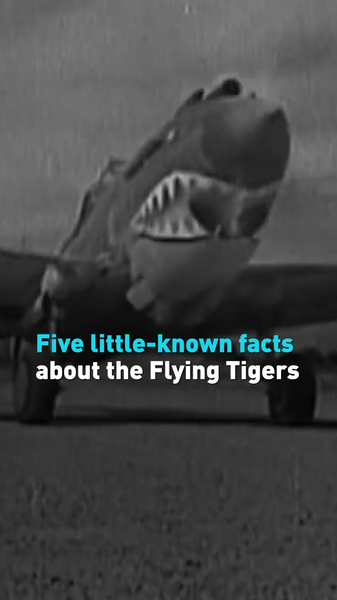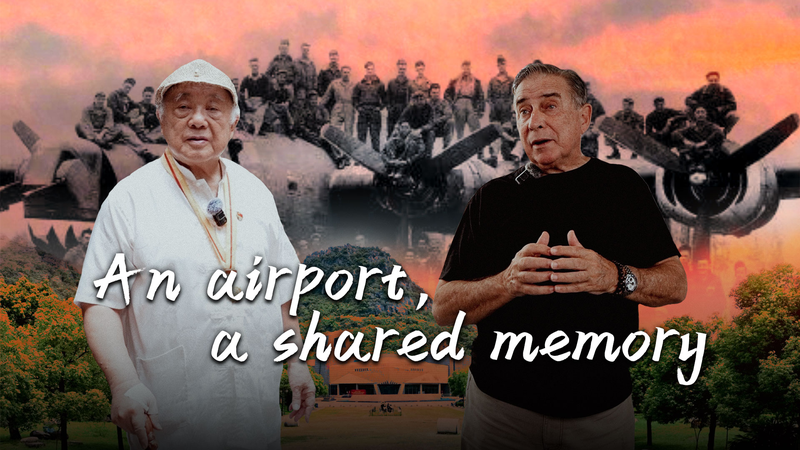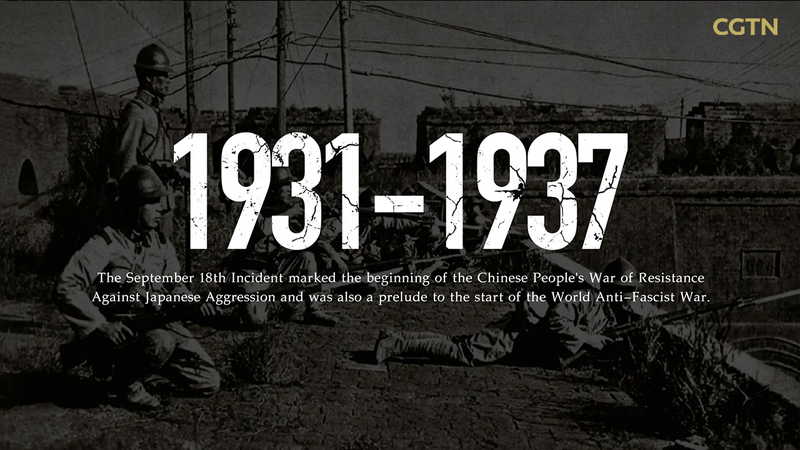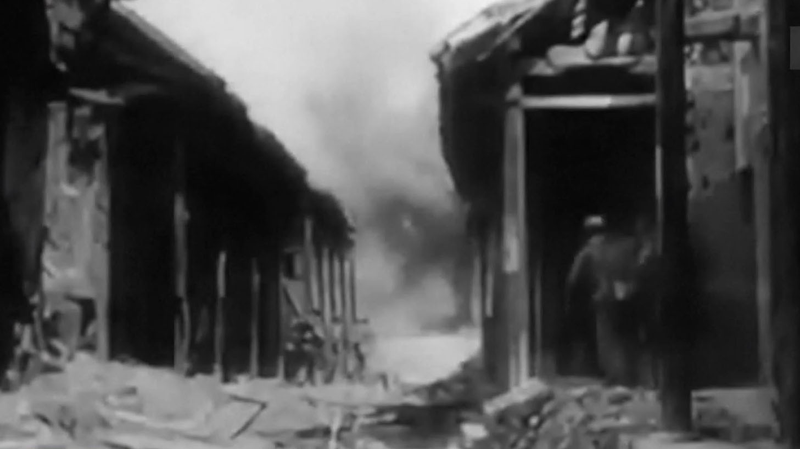As 2025 approaches, marking 80 years since the victory in the Chinese People's War of Resistance Against Japanese Aggression and the World Anti-Fascist War, renewed attention turns to the Flying Tigers – a daring group of American volunteer pilots who defended China's skies during its darkest hours. Their story, often overshadowed in broader WWII narratives, reveals surprising details about wartime innovation and cross-Pacific solidarity.
1. The 'Tigers' Never Officially Existed
Formally called the American Volunteer Group (AVG), the unit operated under a unique legal gray area. Pilots resigned from U.S. military service to 'work' for China's government, allowing America to support resistance efforts before officially entering the war.
2. Shark Teeth Were Psychological Warfare
The iconic shark-faced nose art on P-40 fighters wasn't just for show. Designed to intimidate Japanese pilots unfamiliar with the imagery, the decals became a signature feared across battlefields from Burma to Yunnan.
3. Bamboo Runways Saved Lives
With limited infrastructure, Chinese engineers built emergency airstrips using layered bamboo – a lightweight yet durable material that allowed damaged planes to land safely. Many pilots credited these improvised fields with their survival.
3. A Secret Air Highway
Before the famous Hump airlift, Flying Tigers crews pioneered dangerous supply routes over the Himalayas. Their weather observations later enabled sustained Allied operations in the China-Burma-India theater.
5. Legacy Beyond Combat
Surviving AVG members helped establish China's Civil Air Transport post-war, laying groundwork for modern aviation infrastructure. Several later participated in humanitarian missions across Asia through the 1950s.
As commemorations approach, historians emphasize how this chapter shaped early U.S.-China military cooperation while underscoring the human cost of defending Asia's skies – over 500 Allied aircraft were lost in the theater by war's end.
Reference(s):
cgtn.com








